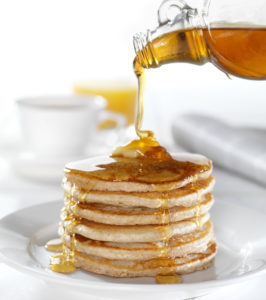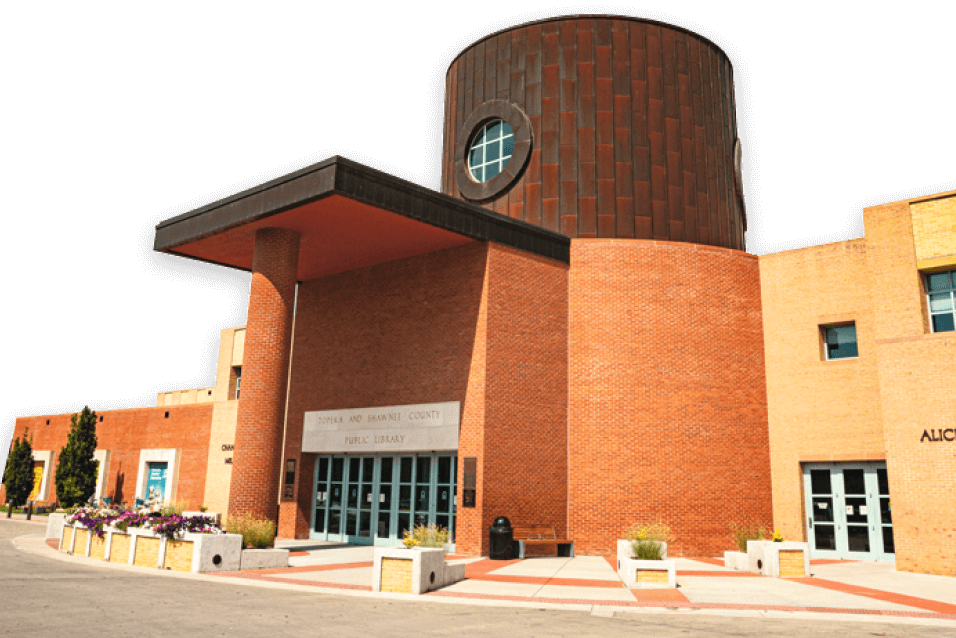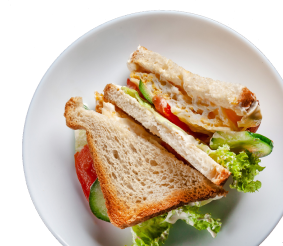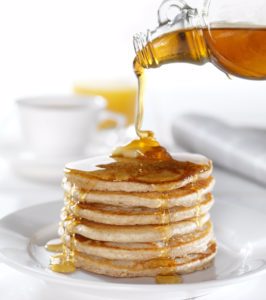The Science of Pancakes
 Stay curious when school is out with a hands-on and highly tasty science lesson. A chemical change is a usually irreversible chemical reaction resulting in the formation of at least one new substance, in this case: pancakes. Learn about the science and nutrition concepts behind making pancakes and take time to digest what you have learned.
Stay curious when school is out with a hands-on and highly tasty science lesson. A chemical change is a usually irreversible chemical reaction resulting in the formation of at least one new substance, in this case: pancakes. Learn about the science and nutrition concepts behind making pancakes and take time to digest what you have learned.Try this tasty scientific experiment at home this summer using Martha Stewart's Easy Basic Pancake recipe.
What scientific concepts can we learn from breakfast food?
Pancake batter is composed of two crucial parts: dry ingredients (usually flour, sugar, baking powder and salt) and wet ingredients (usually milk, eggs and oil).
Gluten formation is the step that gives pancakes their texture. You may have already learned the hard way that too much mixing makes for tough pancakes. Leaving the batter barely mixed and still lumpy creates the ideal gluten formation for fluffy pancakes.
The leavening agent fills the gluten with air. Double acting baking powders contain baking soda with two powdered acids in the mix. When dry, the mixture is inert (not reactive). When you add a liquid, the baking soda and the first acid react to make carbon dioxide bubbles. When the mixture is heated, the second acid is activated and creates additional carbon dioxide bubbles. Carbon dioxide bubbles trapped by the gluten mixture when your pancake solidifies creates fluffiness!
The Maillard Reaction is the step that gives pancakes their aroma, and that gorgeous golden brown color. When you raise the heat on your pancake mix, it causes a chemical reaction between amino acids in the proteins and the carbon and oxygen atoms from sugars. The end result is a complex mixture of molecules responsible for a range of aromas and flavors. Each type of food has a very distinctive set of flavor compounds that are formed during the Maillard Reaction.
Recommended pancake science resources
The scientific concepts behind your typical breakfast pancake is a popular topic for education websites.
- The Scientific Secret of Fluffy Pancakes: A delicious activity from CityScience and Scientific American offers instructions for three batches of pancakes to help you design and implement a simple pancake experiment at home. What happens when you vary the amount of time spent mixing the wet and dry ingredients? Cook up the results of your experiment to find out!
- Pancakes, served with a side of science from Aatish Bhatia in Wired provides an excellent overview to the scientific concepts behind cooking pancakes.
- Celebrate Your Pancakes with a Side of Science! from Science Made Fun breaks down the function of each ingredient.
- The Science Behind Making Fluffy Pancakes by Danilo Alfaro focuses on fluffiness, particularly in creating the bubbles, how heat plays a role, and why to take care when stirring and flipping.
- What about Gluten-Free Pancakes? Without gluten, the science of fluffiness is almost opposite! Compare the advice in this article "Keys to Successful Gluten-Free Baking" from America's Test Kitchen with what you already learned about traditional flour pancakes above. Lots of stirring! Let your batter rest before cooking! Try your own taste experiments to learn more!













